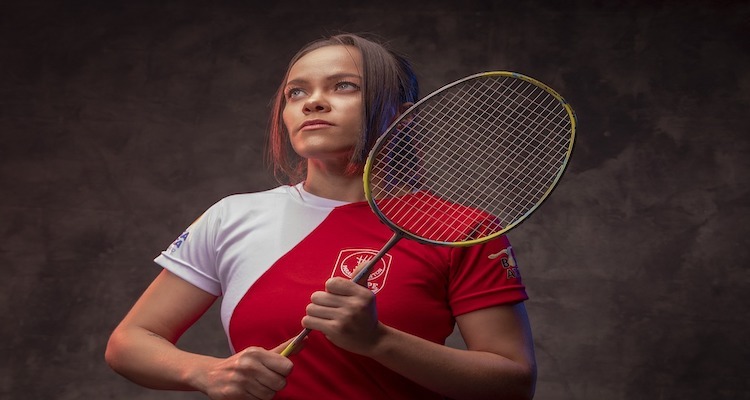
Badminton is generally considered a safe sport, especially when compared to contact sports such as football or hockey. However, like any physical activity, there is a risk of injury. The intensity and speed of the game can lead to injuries, particularly if players do not warm up properly or use incorrect technique.
There are several common injuries that badminton players may experience due to the high-speed, explosive movements, and repetitive actions required during the game. Some of these injuries include:
To reduce the risk of injury, badminton players should ensure they have proper footwear, warm up before playing, and use correct technique and posture during play. They should also rest and recover properly after games and seek medical attention if they experience any pain or discomfort.
Given the physical demands of badminton it is not surprising that there have been many famous badminton players who have experienced injuries on the court. Here are some examples:
These are just a few examples of famous badminton players who have experienced injuries on the court. Injuries are a common risk in any sport, and badminton is no exception.
There are several ways to prevent injuries in badminton, including:
By following these tips, badminton players can reduce their risk of injuries and enjoy a safe and healthy sport. One other aspect to consider is the role of sports tape.
Sports tape can be helpful in preventing injuries in badminton players by providing support and stability to joints and muscles. Taping can be used to support the ankle, wrist, or knee joints, providing extra stability and reducing the risk of injury.
In badminton, ankle sprains are a common injury, and taping can be used to provide support and prevent sprains. Taping can also be used to provide support to the wrist, which is prone to injuries due to the repetitive motions involved in hitting the shuttlecock.
However, it's essential to note that sports tape is not a substitute for proper warm-up, stretching, and technique. Using tape should be in conjunction with other preventive measures, such as wearing proper footwear and using proper technique.
It's also important to apply sports tape correctly to ensure it provides the necessary support and does not impede movement. It's recommended to seek advice from a healthcare professional or a trained sports therapist on how to apply sports tape correctly.
Overall, sports tape can be a useful tool in preventing injuries in badminton players, but it should be used as part of a comprehensive injury prevention plan.
This is just some general advice and examples of badminton injuries. While this general information is helpful it is always best to consult a qualified sports medicine consultant to get bespoke physical preparation, and injury rehabilitation advice. If you are after a physiotherapist or sports massage therapist or chiropractor you can search for them and other sport performance specialists, including coaches, on our directory. You can search for the sport performance specialist you need by location or specialism.
